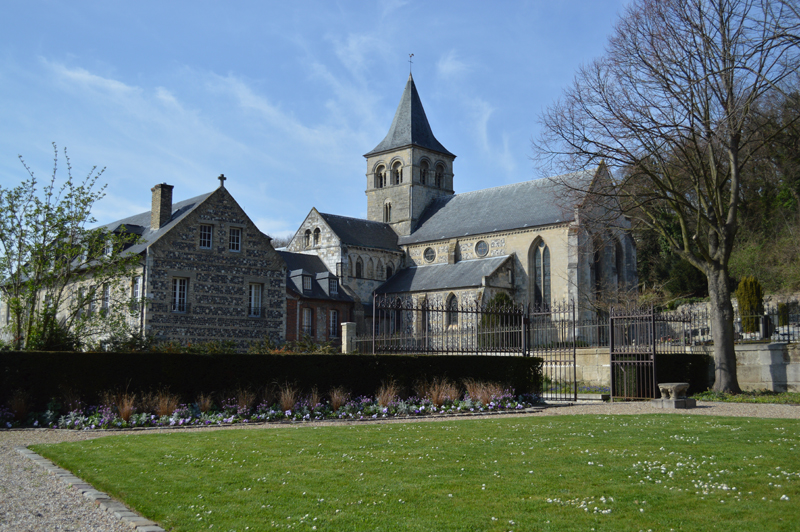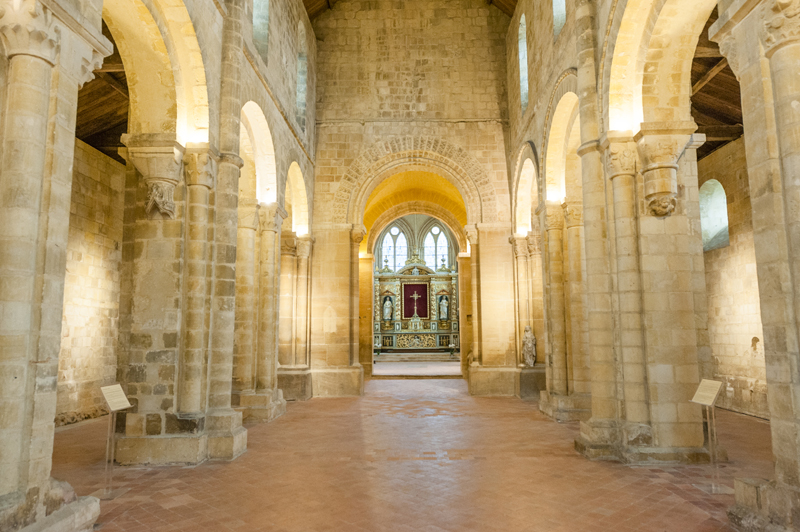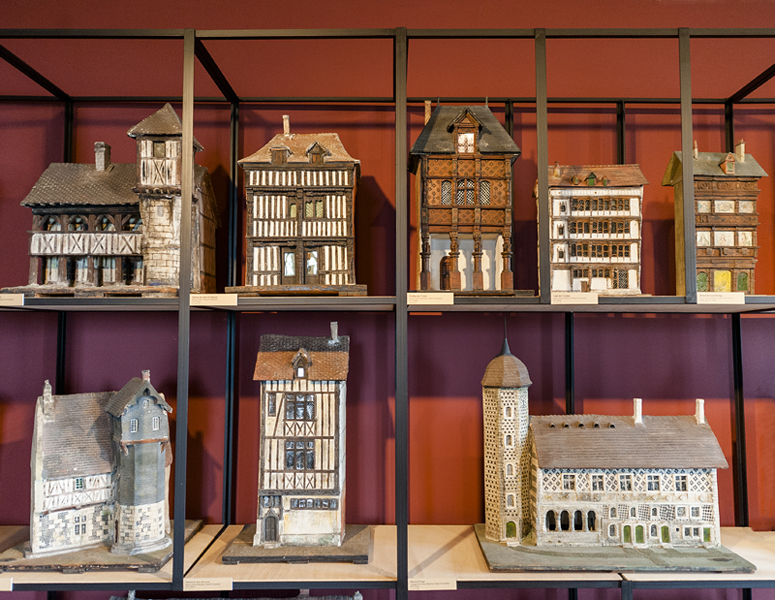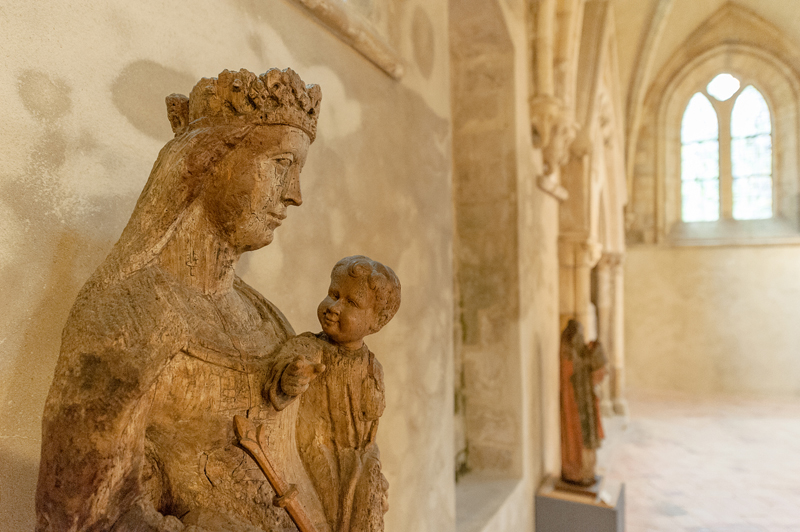Graville Abbey
LE HAVRE





Description
Graville Abbey is the most downstream of all the abbeys located along the river Seine. Since the Middle Ages, it has experienced great periods of prosperity and splendour but also episodes of violence following the ups and downs of history.
A masterpiece of Romanesque architecture in Normandy, Graville Church has been built over different construction periods since the 10th century. Clinging to the hillside, it overlooks the city of Le Havre and the river, its terraced garden offers a stunning panoramic view over the coastline of Lower-Normandy as far as Caen.
The monastic buildings hold a museum that displays one of the most beautiful collections of religious statues in Normandy as well as precious stones and silver items coming from regional religious buildings and from the abbey itself. It also holds a surprising collection of over 150 scale-models from the end of the 19th century and beginning of the 20h century representing human habitation.
Although the site was most likely and quickly occupied by Benedictines, William Mallet de Graville gave it its Romanesque grandeur in the 11th century after returning victorious from the Battle of Hastings alongside William the Conqueror. It was then greatly endowed again at the beginning of the 13th century by one of his descendants, who summoned Augustinians from Sainte-Barbe-en Auge.
In the 17th century, the “génovéfains” from the Congregation of France brought new alterations to the buildings and new rules.
A remarkable baroque retable was built in the choir.
The génovéfains who settled in Graville included great scholars, astronomers and naturalists such as the canons Pingré and Ventanat.
The Abbey and its surrounding environment:
It comprises a church and monastic buildings, but the cloister and refectory no longer exist. A romantic graveyard surrounds it, holding some remarkable graves belonging to scholars and merchants from Le Havre and children’s headstones bearing epitaphs written by Victor Hugo.
To the south, terraced gardens stretch down the slope.
Overlooking the city, there is a monumental statue of the Madonna and Child, called the “Black Virgin” because it has replaced another statue made in a less noble material that has turned black due to corrosion. It is owed to the mothers of soldiers who were thankful for the sparing of the city during the Prussian invasion of 1870.




Spoken languages
- English
Individual openings and schedules
- April 1 to October 31: 10am to 12:30pm and 1:45pm to 6pm, every day except on Tuesdays, May 1st and 8th and July 14th.
Equipement & services
- Baby changing area
- Indoor games
- Toilets
- Shop
- Defibrillator
- Play area
Prices
- Base rate – full rate adult : 5,00€
- Reduced rate : 3,00€
(Pour les groupes de plus de 6 personnes, familles nombreuses, personnes à mobilité réduite, membres des Amis de musées et Sociétés savantes du Havre) - Gratuities :
(Pour les moins de 26 ans, les demandeurs d’emploi, les bénéficiaires du RSA, pour une seule personne accompagnant la personne porteuse d’un handicap titulaire d’une carte mobilité réduite, pour TOUS le 1er samedi de chaque mois, carte ICOM) - Low-carbon tariff : 3,00€
(Sur présentation d’un justificatif)
Payment methods
- Vouchers
- Carte bleue
- Postal or bank cheques
- Travel vouchers
- Holiday vouchers
- Cash
- Eurocard – Mastercard
- Money transfer
- Visa
